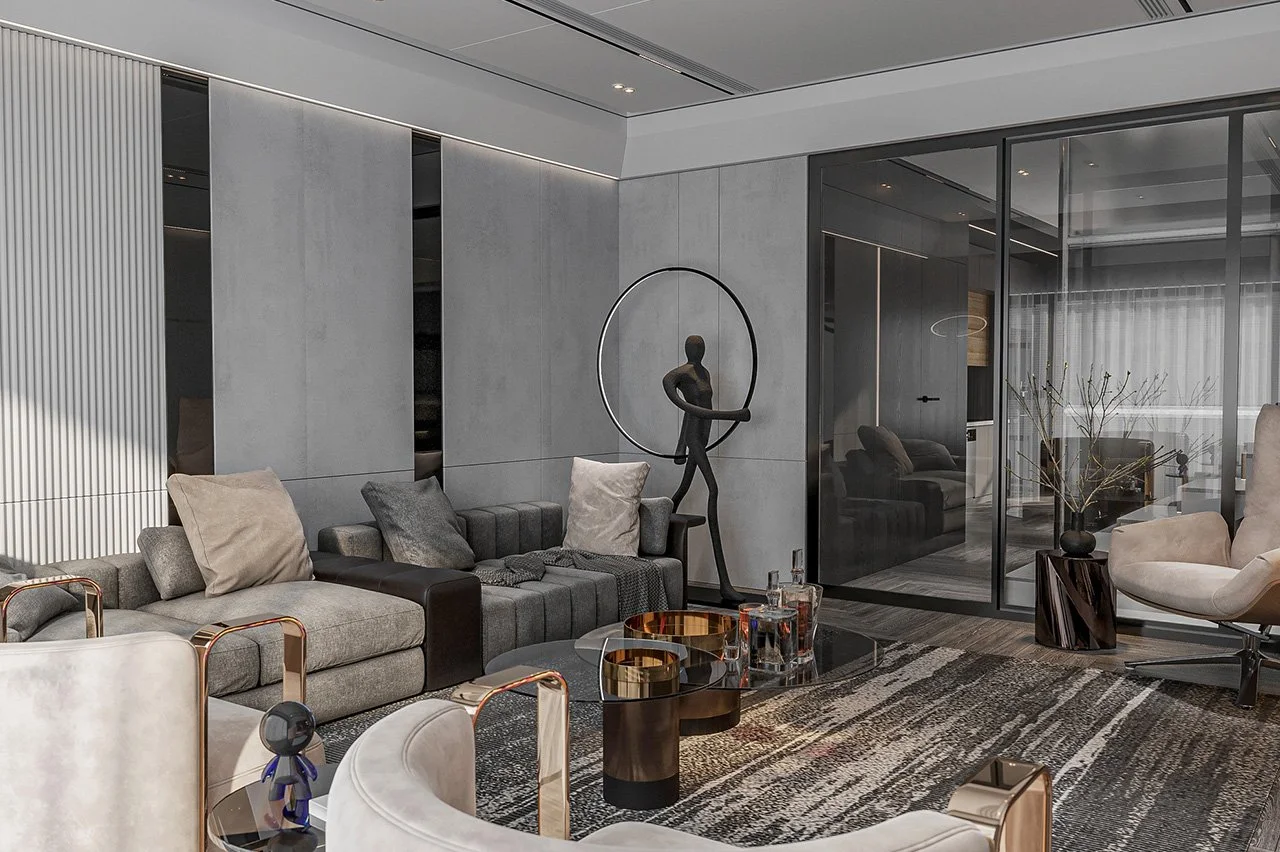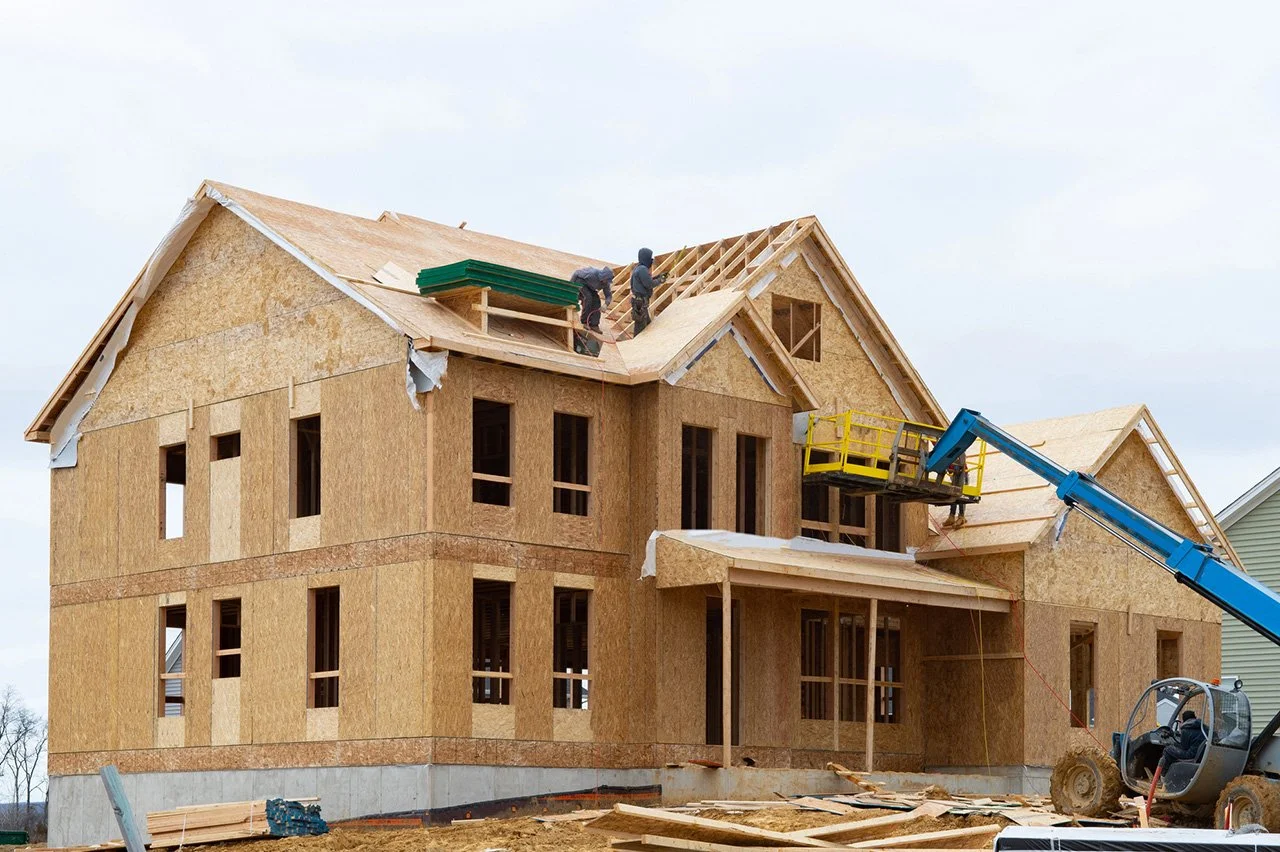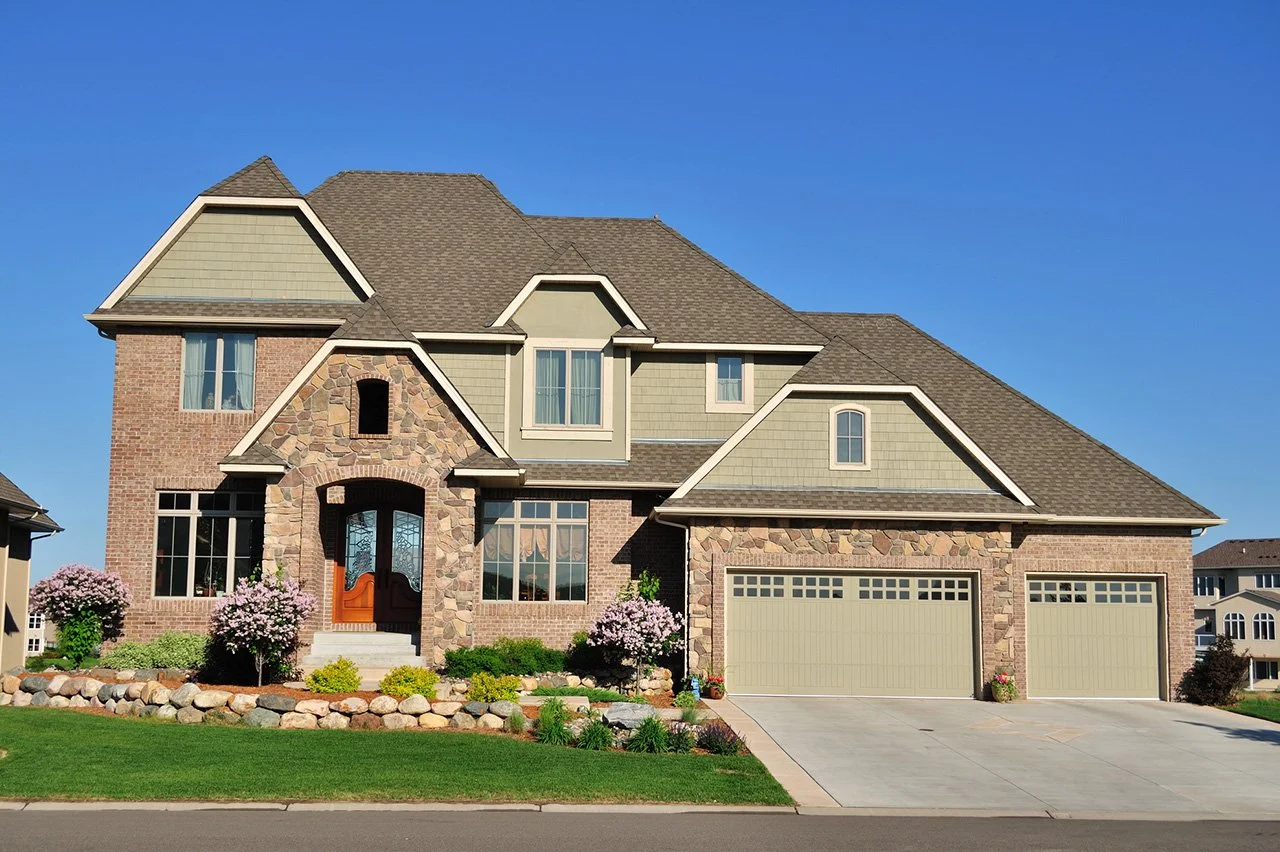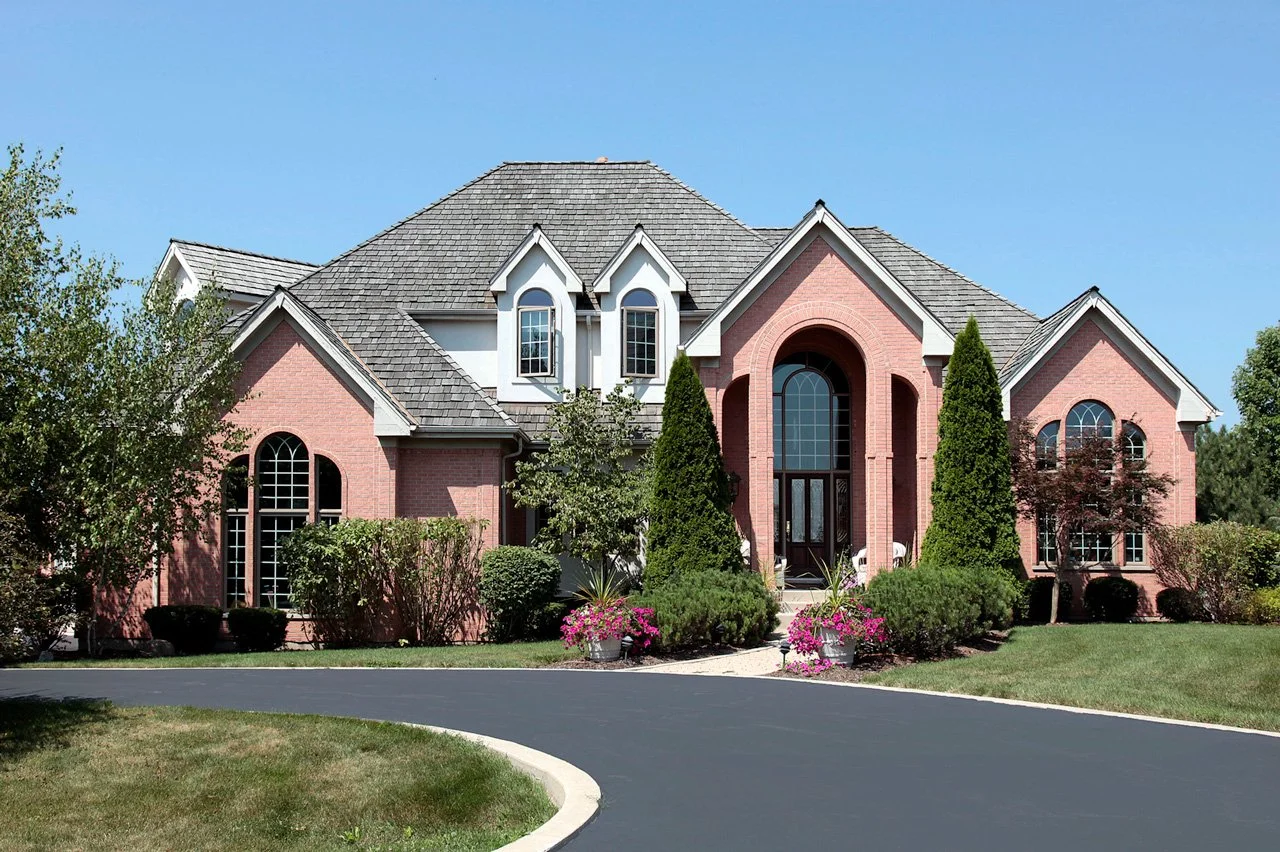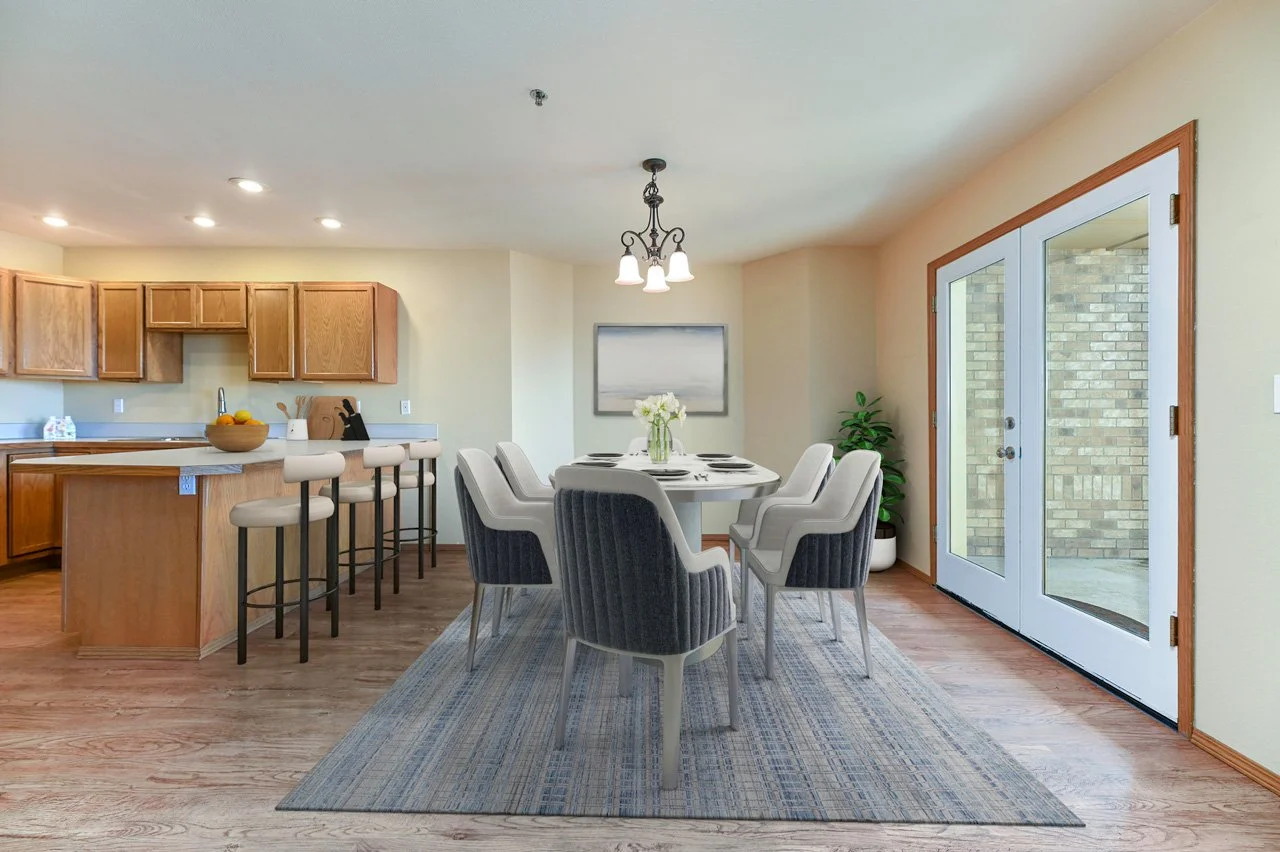Every dream home begins with an idea. Yet, turning that idea into something lasting takes far more than a floor plan. It takes a team that understands design, construction, and the pace of a build from start to finish. Experience holds every detail together, influencing how challenges are handled and how a homeowner’s vision becomes reality.
Planning To Build? Discover 6 Custom Home Trends In 2025
Across Central Texas, new homeowners are in search of spaces that balance modern technology, refined craftsmanship, and timeless comfort. Custom design in 2025 reflected that mindset. Homes are becoming smarter, greener, and more personal than ever, yet they still hold on to the warmth and authenticity that make Hill Country living special.
How To Choose A Reliable Custom Home Builder In the Hill Country
Building a home is about shaping a space that captures your lifestyle. In South Texas, where rugged landscapes meet refined architecture, creating a custom home becomes a personal journey. The right builder transforms that journey from overwhelming to inspiring. Knowing how to choose a custom home builder means understanding what defines craftsmanship, reliability, and trust.
How Long Does It Take To Build A Custom Home?
Building a home from the ground up captures the imagination like few other projects. It starts with a vision: a sketch on a napkin, a photo clipped from a magazine, or a dream that’s been developing for years. That vision becomes a plan, then a foundation, then a space you’ll call home. Yet one question always rises to the top before the first nail is driven: How long does it take to build a custom home?
Build Your Dream Home With New Braunfels Custom Home Builders
The Hill Country environment is part of the story your home tells. In New Braunfels, each property brings its own character, from oak-dotted ridges with sweeping views to quiet riverfront lots framed by limestone bluffs. Building here means shaping a home that fits naturally into its surroundings while expressing your personality and lifestyle.
A Homeowner’s Guide To Picking Custom Builders
The dream of building a home often starts quietly after scrolling through listings, touring open houses, and realizing nothing feels right. Every house seems built for someone else’s lifestyle, not yours. Closets are too small, layouts feel awkward, and the kitchen never works the way you need it to. That’s when the idea of working with custom builders begins to take shape.
10 Questions To Ask A Custom Home Builder In Central Texas
There’s nothing quite like standing inside a home designed around your lifestyle. Every corner feels intentional, every space reflects your taste, and every finish tells a story. Building a custom home offers freedom to create something timeless and personal. Before the dream takes shape in brick and stone, you have to find the right builder who can translate your vision into reality.
5 Luxury Home Design Ideas For Custom-Built Homes
Luxury home design has become something more personal, expressive, and experience-driven. At Keith Wing Custom Builders, we see every home as a reflection of its owner’s story. Architecture becomes art when design, craftsmanship, and emotion work together to create a space that feels both striking and deeply livable.
Choosing Exterior Materials For Your Custom Home
5 Considerations When Selecting A Lot For Your Custom Home
The best part about building a custom home is the actual customization. This home is going to be tailored to you, and only you. But of course, with great power comes great responsibility. We know that building a custom home from the dirt up, while liberating, can be an overwhelming undertaking as well. To help curb that anxiety we’ve put together a list of considerations to think about when taking that first step: selecting a lot for your custom home.

